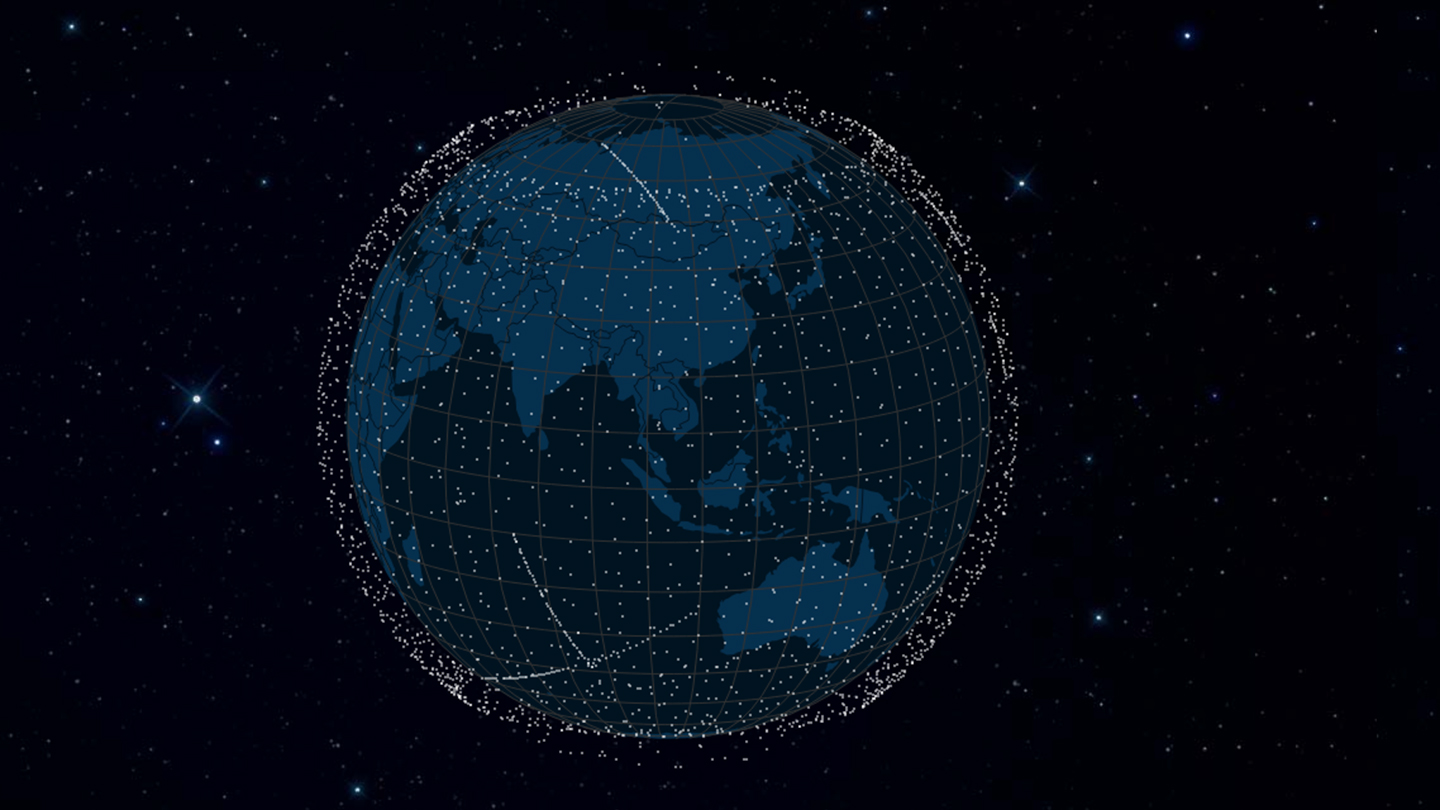Elon Musk’s Starlink satellite internet service causes the number of satellites in low Earth orbit to grow faster than international regulations allow
The growing fleet of Starlink satellites, a division of the company SpaceX founded by Elon Musk to provide a high-speed Internet connection to the entire planet, already represents half of all active satellites in Earth orbit. On February 27, Starlink launched 21 new satellites, bringing the total number of active Starlink satellites to 3,660, or about 50% of the nearly 7,300 active satellites in orbit, according to the analysis by astronomer Jonathan McDowell based on data from SpaceX and the US Space Forces.
SpaceX has launched Starlink satellites since 2019 with the aim of bringing broadband internet to remote parts of the planet. All this time, astronomers have been warning that satellites can ruin your observation of the universe, leaving trails in telescope images as they pass by.
Even the Hubble Space Telescope, which orbits more than 500 kilometers above the Earth’s surface, is vulnerable to these bands from satellites, as well as other satellite constellations from other companies. Between 2002 and 2021, the percentage of Hubble images affected by light from low-orbiting satellites increased by about 50%, according to a study published by Max-Planck Institute for Extraterrestrial Physics at Nature Astronomy.
The number of images partially blocked by satellites remains small, going from almost 3% of images captured between 2002 and 2005 to just over 4% between 2018 and 2021 for one of the Hubble cameras. But now there are thousands more Starlink satellites than there were in 2021.
As the number of satellites and space debris increases in the future, the probability that a satellite will cross Hubble’s field of view every time it takes an image will be between 20 and 50 percent.
Satellites bombarding the Hubble Space Telescope, leaving lines like the ones seen in this image. HUBBLE/ESA EUROPEAN SCIENTIFIC ARCHIVE
The sudden increase in Starlink satellites also poses a problem for space traffic. All Starlink satellites orbit at a similar distance from Earth, just over 500 kilometers. Satellites are constantly maneuvering to avoid collisions, and at that altitude are also Hubble, the International Space Station and the Chinese space station. A collision could endanger the lives of the astronauts who inhabit them.
SpaceX launches Starlink satellites about once a week, and on March 3, it launched 51 more. It’s not the only company launching Internet satellite constellations. By the 2030s, there could be 100,000 satellites occupying low Earth orbit.
At the moment, there are no international regulations preventing satellites from being launched by a private company or limiting the orbits they can occupy. The speed of business development is much greater than the speed of regulatory change. According to McDowell, an urgent overhaul of space traffic management is needed.
REFERENCE
The impact of satellite tracks on Hubble Space Telescope observations
